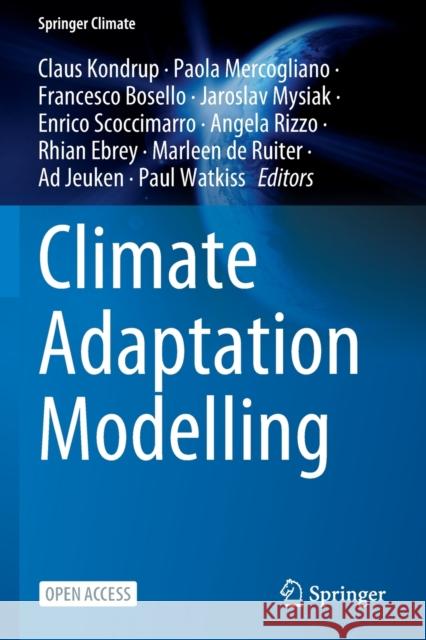Climate Adaptation Modelling » książka
topmenu
Climate Adaptation Modelling
ISBN-13: 9783030862138 / Angielski / Miękka / 2022 / 260 str.
Climate Adaptation Modelling
ISBN-13: 9783030862138 / Angielski / Miękka / 2022 / 260 str.
cena 155,61 zł
(netto: 148,20 VAT: 5%)
Najniższa cena z 30 dni: 154,18 zł
(netto: 148,20 VAT: 5%)
Najniższa cena z 30 dni: 154,18 zł
Termin realizacji zamówienia:
ok. 20 dni roboczych.
ok. 20 dni roboczych.
Darmowa dostawa!
Kategorie:
Kategorie BISAC:
Wydawca:
Springer
Seria wydawnicza:
Język:
Angielski
ISBN-13:
9783030862138
Rok wydania:
2022
Wydanie:
2022
Numer serii:
000470391
Ilość stron:
260
Waga:
0.36 kg
Wymiary:
23.39 x 15.6 x 1.4
Oprawa:
Miękka
Wolumenów:
01
Dodatkowe informacje:
Wydanie ilustrowane











